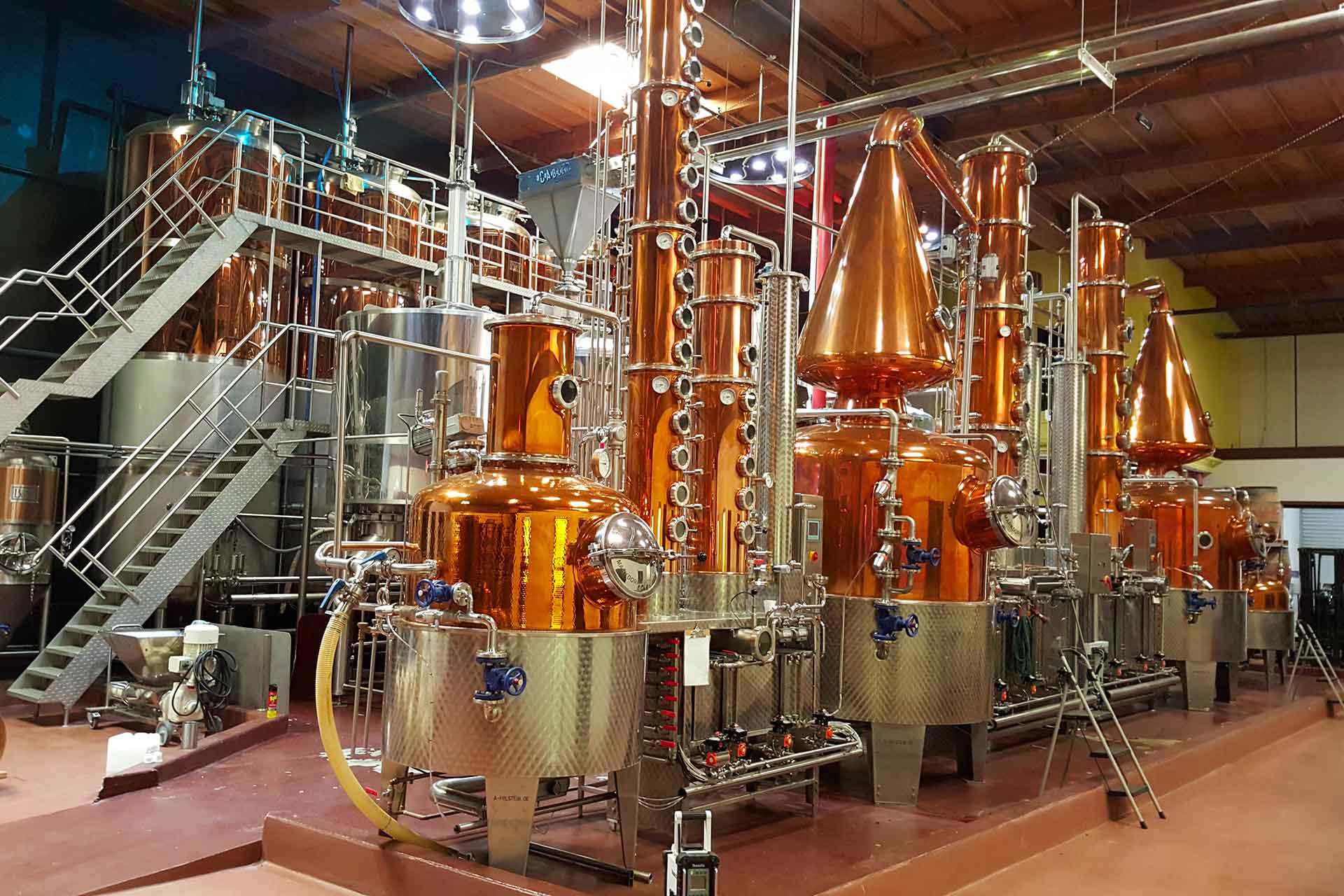
Many consumers gloss over just how much ground the bottle of alcohol they enjoy on a weekend must cover to reach their glass. This ambiguity is compounded by marketing terms like a single barrel, small batch, and bottled-in bond.
A spirit must undergo a rigorous distillation and maturation process to be labeled as such. To do so, a business must craft a comprehensive vision and plan.
Liquor production near me is a fascinating blend of art and science, where skilled distillers transform raw ingredients into a symphony of flavors. The process typically begins with carefully selecting grains, fruits, or botanicals, each chosen for its distinct contribution to the final product. The fermentation process, which transforms sugars into alcohol and establishes the base for the character of the resulting beverage, is a crucial step in the world of spirits.
The Malting Process
Three steps make up the malting process: steeping, germination, and kilning. It’s a way to prepare cereal grains like barley, wheat, rye, and corn for brewing by making them sprout and then heating them to stop the growth and provide the grain with a specific toastiness.
The germination step speeds brewing because enzymes kick into high gear to produce soluble starch, malt sugars, and usable yeast nutrients. The quality of the grain will also contribute to its flavor. For example, short, plump grains with a wide scutellum will produce more extract than long, spindly grains with a narrow scutellum.
After being malted, the grain is ground coarsely in a mill and combined with hot water in a mashing tun to create a mash. The mashing removes the remaining starches and converts them into sugars, which are then fermented by yeast into alcohol. The resulting liquid, known as wort, is then put through the distillation process to increase the concentration of its alcohol.
The Fermentation Process
Fermentation is an organism’s central metabolic process that transforms sugar into different substances, such as acids and alcohol. Humans have used this well-known natural process for thousands of years to create alcoholic beverages, bread, and other fermented products.
Yeast feeds on sugar and, as a result, releases alcohol and carbon dioxide. These are the primary ingredients for beer, wine, and other alcoholic drinks. However, many countries produce other alcoholic drinks using various raw materials.
During distillation, heating, and chilling, a liquid’s components are separated into pure alcohol by boiling water vapor. The vapor from the alcohol-water mixture is then condensed to make it more concentrated. This allows the final product to reach 80-95 percent azeotropic concentration. This is the highest possible alcohol concentration in a continuous distillation system. However, other distillation methods can produce higher-proof spirits, as discussed below.
The Distillation Process
Distillation is a separation process that separates a liquid mixture by selective evaporation and condensation. It depends on the variations in the boiling points of the constituent parts of the mixture. It can be done on a laboratory scale or an industrial scale. It can also be done by continuous distillation in …
Read More